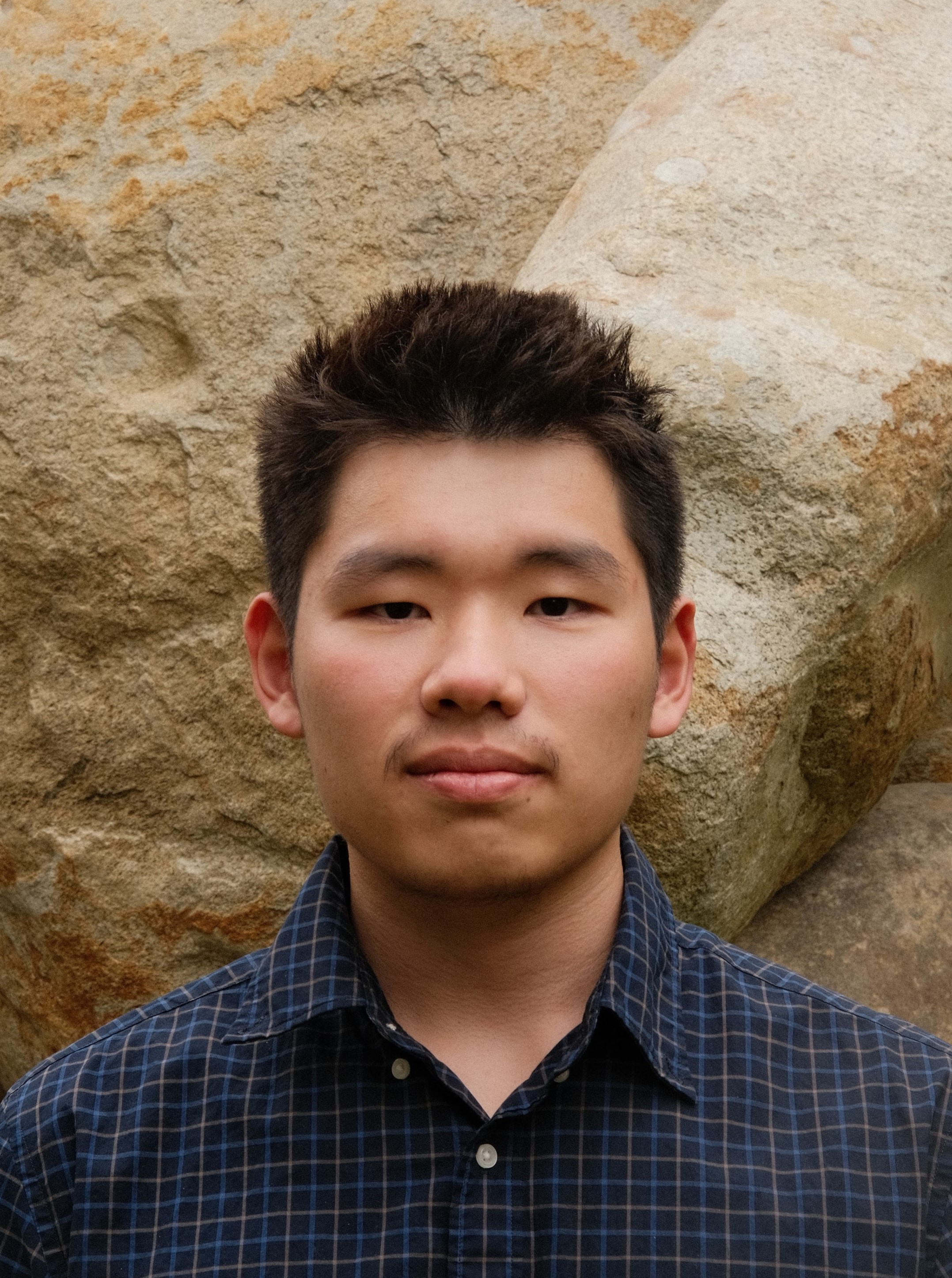Digital Signal Processing (ECE 251A)
Table of Contents
This class is taught by Prof. Florian Meyer and we talked about some fundamental concepts in DSP that are expected from a graduate student. I took this class when I was a third-year undergraduate student. It was definitely one of the toughest courses I have ever taken, mainly due to concurrently taking a Graduate Linear Algebra (ECE 269) class too.
LTI Systems
Random Signals
RP Modelling
Estimation
Prediction
Forward Linear Prediction
Given a discrete-time signal $x[n]$, the forward linear predictor estimates the current sample $x[n]$ as a linear combination of its past $p$ samples:
\[\displaylines{\hat{x}[n] = \sum_{k=1}^{p} a_k x[n-k]}\]where ${a_k}$ are the prediction coefficients.
The forward prediction error is: \(e_f[n] = x[n] - \hat{x}[n] = x[n] - \sum_{k=1}^{p} a_k x[n-k]\)
The coefficients $a_k$ are found by minimizing the mean squared error: \(E = E\{ e_f^2[n] \} = E\{ (x[n] - \sum_{k=1}^{p} a_k x[n-k])^2 \}\) Expanding the expectation, \(E = E\{ x^2[n] \} - 2 \sum_{k=1}^{p} a_k E\{ x[n] x[n-k] \} + \sum_{k=1}^{p} \sum_{j=1}^{p} a_k a_j E\{ x[n-k] x[n-j] \}\) Using the autocorrelation function $R(m) = E{ x[n] x[n-m] }$, \(E = R(0) - 2 \sum_{k=1}^{p} a_k R(k) + \sum_{k=1}^{p} \sum_{j=1}^{p} a_k a_j R(k-j)\) Setting the derivative with respect to $a_m$ to zero, \(\frac{\partial E}{\partial a_m} = -2R(m) + 2 \sum_{k=1}^{p} a_k R(m-k) = 0\) which leads to the Yule-Walker equations: \(\sum_{k=1}^{p} R(m-k) a_k = -R(m), \quad m = 1,2,\dots, p\) where $R(m)$ is the autocorrelation function of $x[n]$.
Backward Linear Prediction
The backward linear predictor estimates the past sample $x[n-p]$ using future samples: \(\hat{x}_b[n-p] = \sum_{k=1}^{p} b_k x[n-k]\) The backward prediction error is: \(e_b[n-p] = x[n-p] - \sum_{k=1}^{p} b_k x[n-k]\) Backward prediction coefficients $b_k$ satisfy a similar set of Yule-Walker equations.
Levinson-Durbin Algorithm
The Levinson-Durbin recursion is an efficient method for solving the Yule-Walker equations for linear prediction coefficients. Given autocorrelation values $R(0), R(1), …, R(p)$, the recursion computes $a_k$ iteratively.
Step 1: Initialization
\(a_1^{(1)} = -\frac{R(1)}{R(0)}\) \(E_1 = (1 - |a_1^{(1)}|^2) R(0)\)
Step 2: Iteration for $k = 2, 3, …, p$
For each order $k$: \(k_k = \frac{R(k) - \sum_{j=1}^{k-1} a_j^{(k-1)} R(k-j)}{E_{k-1}}\) \(a_j^{(k)} = a_j^{(k-1)} + k_k a_{k-j}^{(k-1)}, \quad j = 1, 2, ..., k-1\) \(a_k^{(k)} = k_k\) \(E_k = (1 - k_k^2) E_{k-1}\) where $k_k$ is the reflection coefficient at stage $k$.
Step 3: Output
After $p$ iterations, the final coefficients $a_1^{(p)}, a_2^{(p)}, …, a_p^{(p)}$ are the desired linear prediction coefficients.
